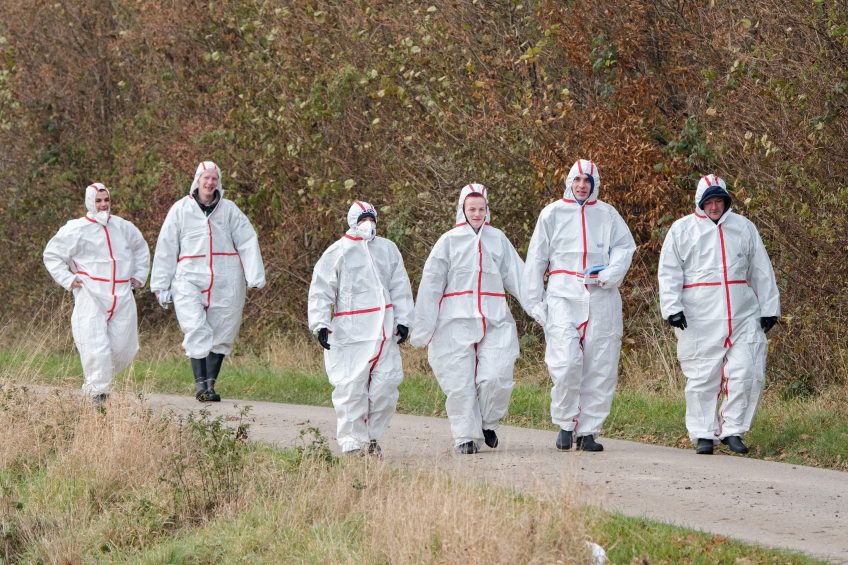Avian influenza difficult to deal with

Poultry producers in Europe and the US are out of the woods when it comes to the avian influenza threat from wild birds. The most dangerous virus shedding birds have migrated to other places. But now it is time to discuss and evaluate if prevention measures have worked.
Bird flu is here to stay
Are housing orders the way to go forward and should vaccination be an option for tackling future outbreaks? One thing everyone does understand however is that avian influenza is never going away. Whether it is climate change, shifting migratory routes, more susceptible domesticated birds or just an abundance of virus in the wild, bird flu is there.
Check out the interactive Poultry Health Tool – with the latest insights on the 40+ most common poultry diseases.
AI situation is China alarming
In Europe and the US, the situation is not one of an endemic virus. Stamping out, together with high biosecurity, keeps the outbreaks in domesticated poultry as mere incidents. But in many countries in the world, that is not the situation. Indonesia, China and many other countries in Asia have an endemic virus situation. One that even vaccination cannot control. Especially worrying is the current situation in China. The Food and Agriculture Organization (FAO) and the World Organization for Animal Health (OIE) are alarmed by the most recent developments. Human cases of the H7N9 virus, first detected in China 4 years ago, have since December 2016, suddenly increased. It is estimated, that as of early March 2017, there have been more reported human cases of influenza A (H7N9) than those caused by other types of avian influenza viruses combined.
Also interesting: The survivability of avian influenza examined
H7N9: Shift in pathogenicity
For poultry production the virus poses a clear and present danger as well. Until recently, H7N9 has demonstrated low pathogenicity, meaning it may cause mild or no illnesses in poultry. New evidence from China’s Guangdong Province now indicates that H7N9, while retaining its capacity to also cause severe disease in humans, has shifted to high pathogenicity in poultry, a genetic change that can lead to high mortality for birds within 48 hours of infection. That may potentially make it easier to see when chickens are infected, facilitate introduction of control measures also at farm level, but also raises the risk of severe animal and economic losses for those engaged in poultry production and sales. Protecting both humans and poultry remains challenging.












